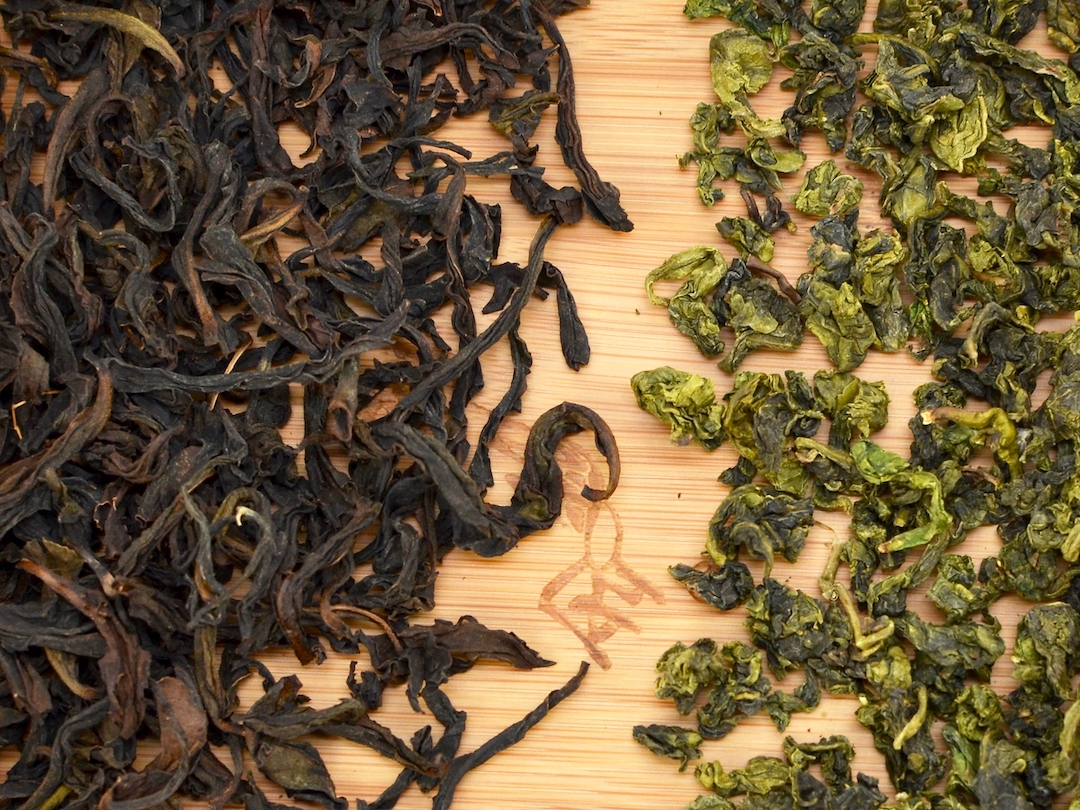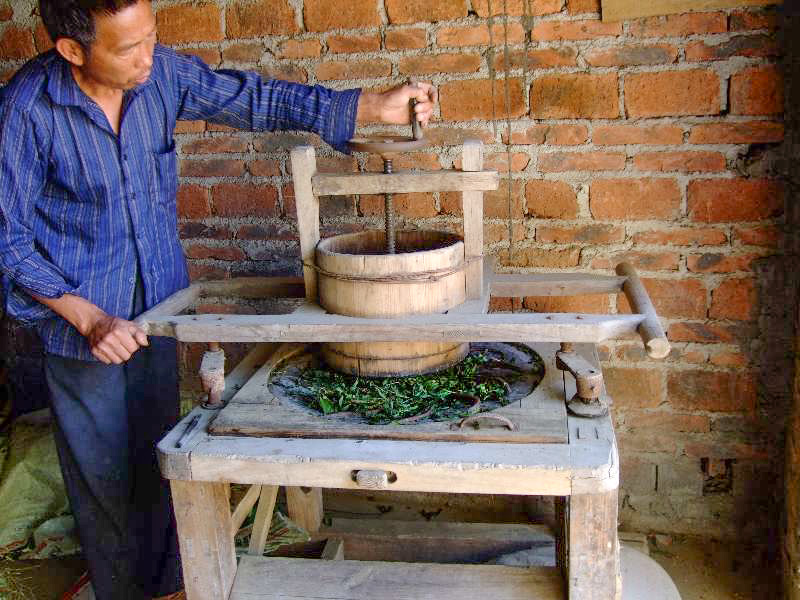
One family’s revival of tea making
Tangdi Village sits in the mountains 1000m (3200ft) above sea level in Anxi County in the green Taizhou countryside of southern Fujian Province. Though Anxi has produced tea since the Song Dynasty, the tea terraces set into the mountains here are new, the bushes young.
Zhang Shuiquan was born in 1957 in this small countryside village at the edge of Anxi County. Like many old generation tea makers, he came from a very poor family and received little formal education, but is highly respected as a master Anxi wulong tea maker with many years of comprehensive experience and expertise. He only received formal education until 10 years old, and until he was 16, he worked to help take care of the family’s water buffalo like most countryside people.
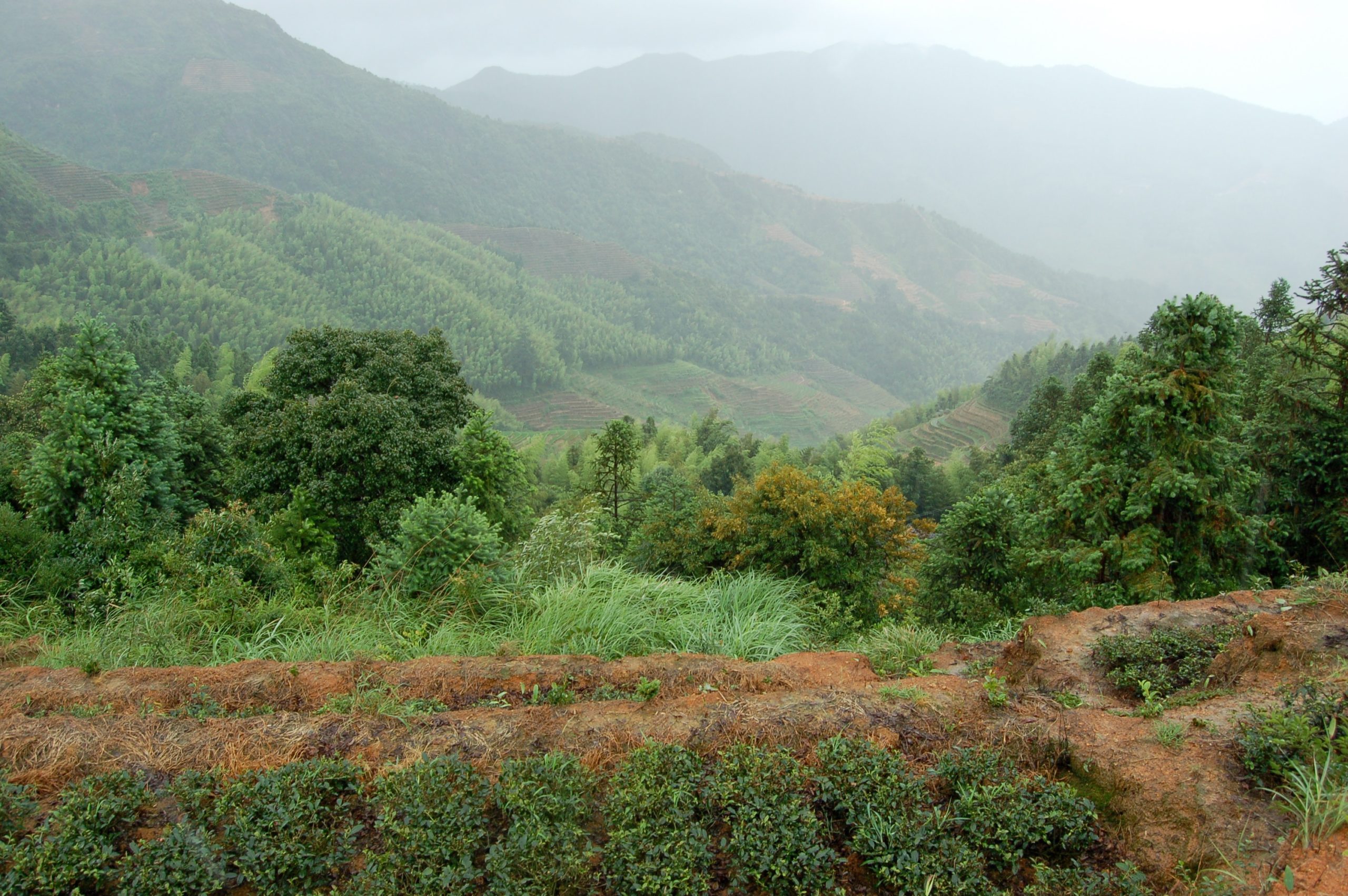
As a teenager, he started learning the craft of growing and making tea from his grandfather for several years. But Anxi’s tea industry was stagnating as the tea market declined in the 1980s. Along with many other poor Anxi families, Zhang Shuiquan’s grandfather cut down the family’s old tea trees to make room for other more profitable crops to try and make ends meet. Because of these efforts to survive a time of shortage, there are few old tea trees left in the region.
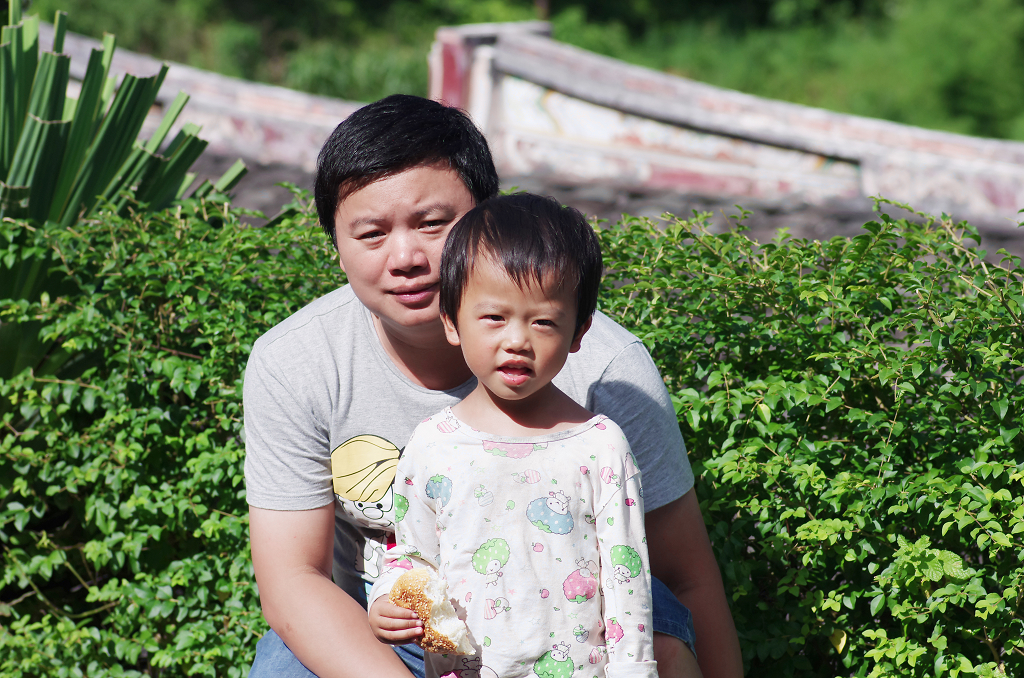
However, when the tea market improved again in the late 1990s, Mr. Zhang’s family took the opportunity to begin growing tea once again on fresh land. Mr. Zhang and his grandfather cleared new terraces and bought the best available Anxi Wulong cultivar to plant in them, Hongxin (Red Heart) Tieguanyin, and have continued producing tea ever since. He walks the garden every day to pull weeds and check the tea bushes. He is assisted by his sons Zhang Qingmu and Zhang Qingjian, who are in turn studying and learning the tea trade from him.
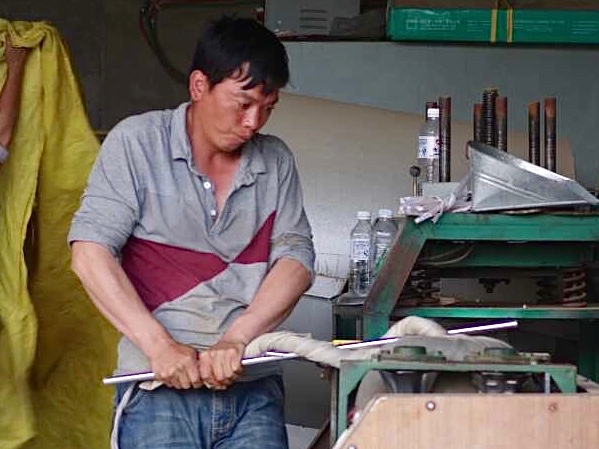
New tea plants are planted in the tea gardens every year. The bushes in the garden are on average ten years old. Tea master Zhang Shuiquan and his grandfather painstakingly dug out all of the terraces of the garden entirely by hand. Each year, new levels are added to the terrace. Tea is planted in the new terraces in the fresh, fertile soil of the mountainside to be cultivated there for several years.
This terracing method allows the Zhang family farm to follow organic farming practices, without needing to add any chemical fertilizer to the soil. After years of tea production, older terraces are converted and planted with rice and other crops.
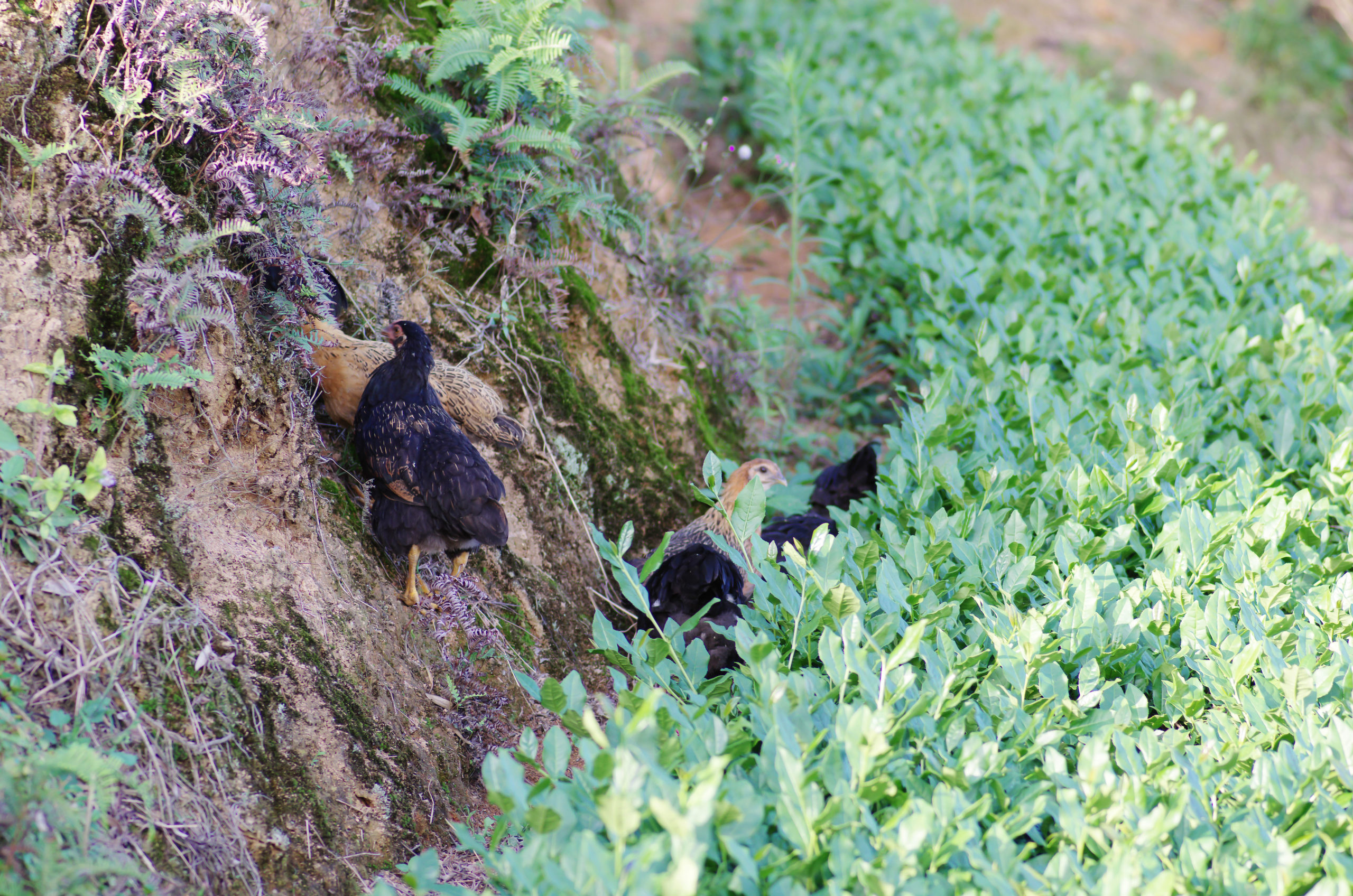
Wulong styles old and new
Anxi’s Tieguanyin wulong style of making tea was created by local farmers in the early 1700s and spread to Taiwan in 1896. This traditional style produced the long dark twisted shape typical for wulong tea leaves.
However, when Anxi farmers began making tea again in the 1990s, they began using a kneading machine introduced from Taiwan, which could knead much larger quantities of leaves at once much faster. They also began kneading the tea with the leaves wrapped in cloth in a large ball, which crumpled the leaves into a small pellet or pearl shape. Furthermore, with the installation of air conditioning, the tea leaves being oxidized indoors experienced much cooler conditions than they did traditionally, which slowed oxidation. Both of these changes resulted in a much lighter, more compact final leaf, like that seen in our Jin Guanyin (Golden Guanyin) and Ma Liu Mi (Monkey Picked) wulongs. This modern green-style Anxi wulong became very popular domestically in the 2000s and is the most widely recognized Anxi tea today.
Yet since 2016, some Anxi tea producers are gradually switching back to their traditional more oxidized wulong style and reviving the old twisted leaf shape, and darker Anxi wulongs like our Chuantong Tieguanyin (Traditional Tieguanyin) are appearing on the market again.
